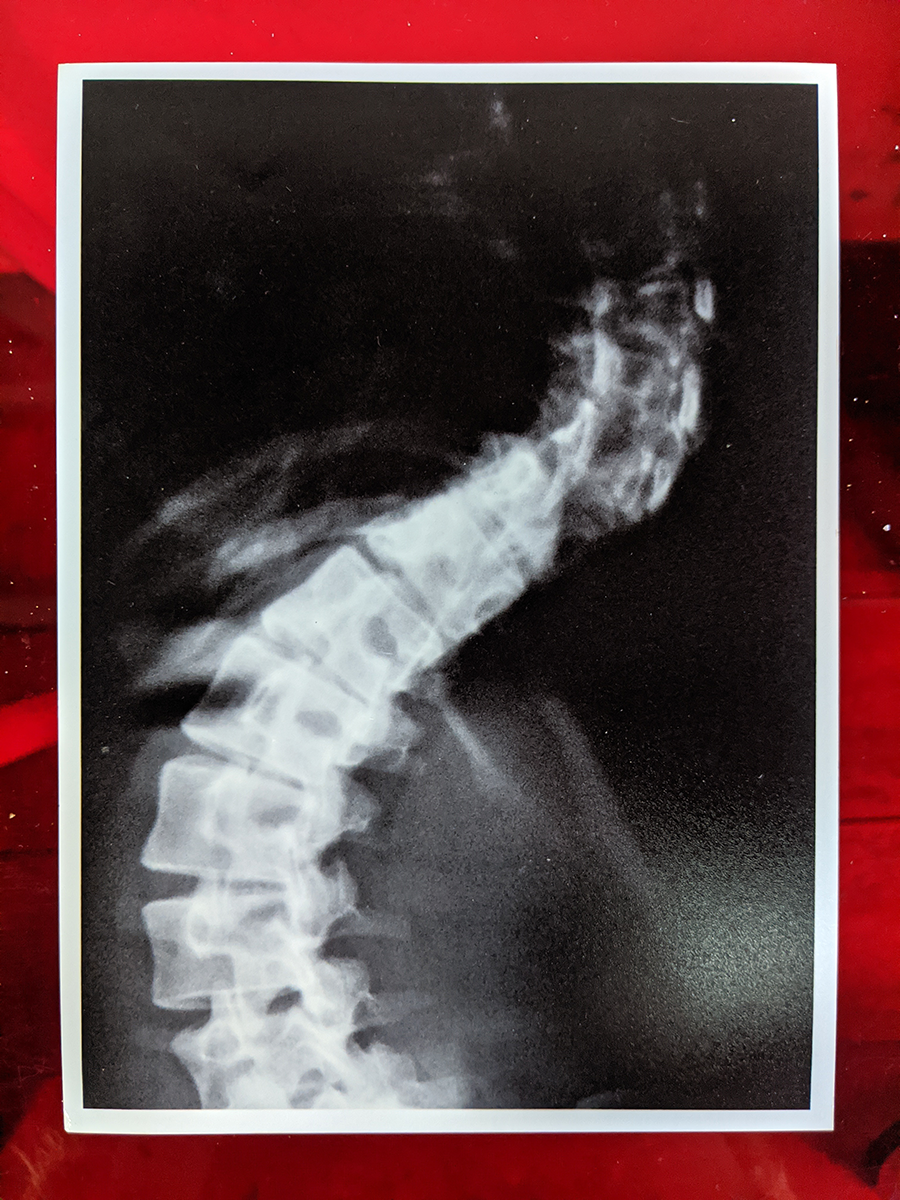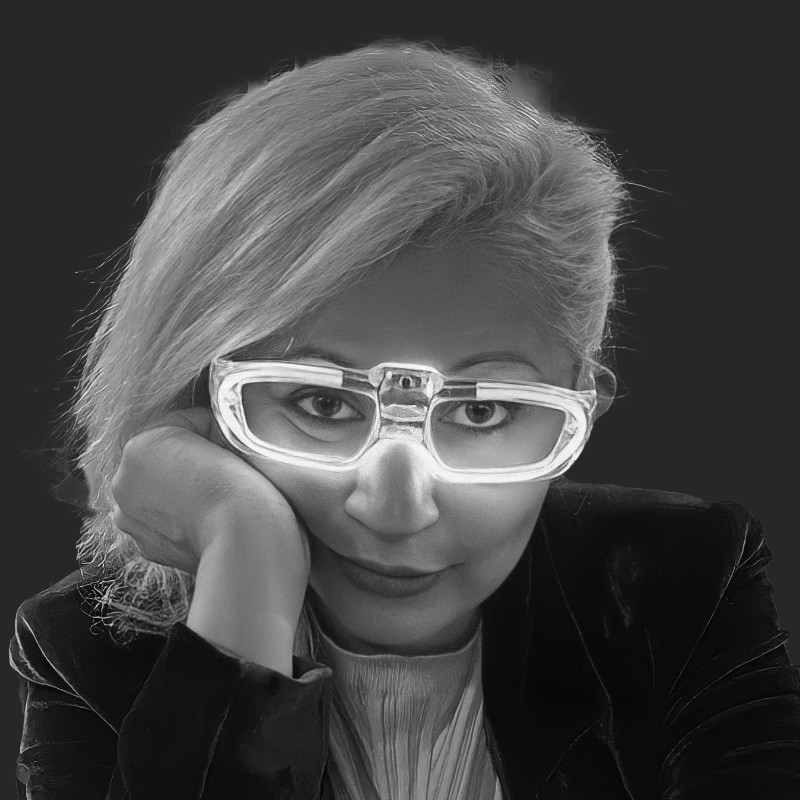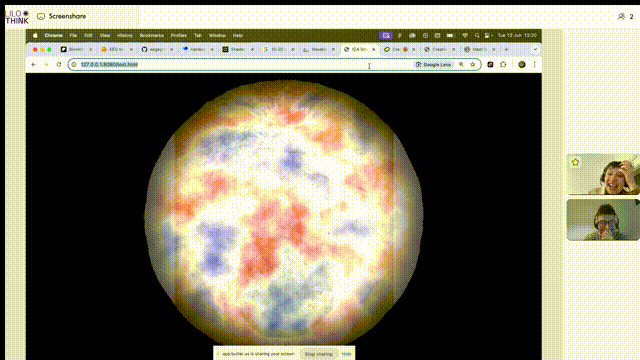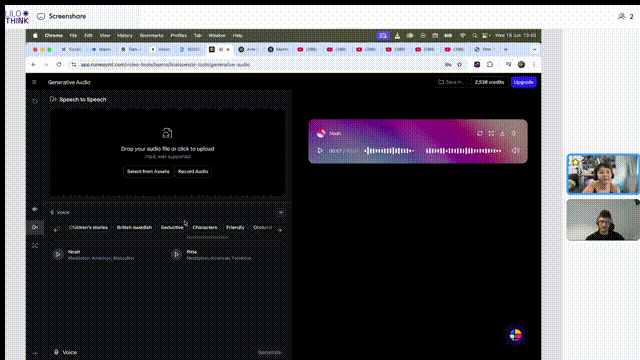There’s something I rarely articulate, but maybe it’s time.

I was born with idiopathic scoliosis — 42 degrees. A curvature that shaped not only my spine, but also my childhood memories. I spent long periods in rooms filled with machines whose only purpose was to see through me. X-rays. MRI. Electro-something—I forget the name. They would send tiny electric pulses through my body, mapping the nerves, tracking their stubborn, silent paths.
I think those machines were my first audience.
They taught me how to be read without speaking.
So now, as I move towards creating images with machines—towards using my body not as subject but as signal—I wonder:
what happens when I no longer lay still to be seen,
but instead, invite the machine to see through my imagination?
There’s something deeply symbiotic in this gesture.
I know these devices, their sounds and pulses.
They once looked inside me.
Now, I look back through them.
When I sit to write a concept for a grant proposal—or even this post—I realize I’m always translating. From sensation to sentence. From impulse to idea. I’m choreographing a transcription of the unsayable.
Large Language Models are trained on words, yes. But maybe what they’re really doing is extending the edges of imagination.
They’re not replacing it. They’re co-piloting.
And in this strange co-piloting, I bring my own lineage:
A background in theater, in dance, in cinema.
A body that performed despite a bent spine.
A storyteller’s instinct.
Design fiction, speculative futures, bio-art: they are not just genres to me. They are containers for impossible questions.
Like: what does it mean to create in vitro creativity?
Can I sell my imagination?
Can a Petri dish hold a fragment of my aesthetic intuition?
With Creativity in Vitro, I imagine cultivating mini-brains built from my own cells, exposed to my brainwave patterns.
Trained, perhaps, to remember the images I once dreamed.
Or the gestures I once improvised on stage.
I don’t believe intelligence lives solely in the brain.
Nor do I think creativity can be boxed into computation.
It lives in the skin, in the tremble, in the breath held before speaking.
So when I generate images today—via EEG, OpenBCI headsets, machine learning models—I look not for realism, but abstraction.
Not clarity, but resonance.
I’m drawn to the visuals that resemble how a machine might dream us:
MRI topographies, blurred data maps, diffuse abstractions echoing wet algorithms.
I want to lean into that ambiguity.
To make the brain fill in the gaps.
There’s a song I keep returning to: Aquarela, by Toquinho.
A line from it stayed with me:
“Com cinco ou seis retas é fácil fazer um castelo…“
“With five or six lines, it’s easy to build a castle…“
That line is a prompt.
A seed that triggers the imagination.
I remember thinking as a child: can you really make a castle with just a few lines?
Maybe you can.
But it will be an abstract castle.
One that invites completion from the viewer. One that isn’t fully drawn, but fully felt.
That’s the kind of art I want to make:
a castle from six brainwaves.
a watercolor built from neural noise.
an interface where others can touch and play and imagine through the signals I’ve recorded.
Not in real time, perhaps, but still alive.
A digital artist’s sketchbook.
A scrolltelling interface.
A 3D navigation of cognitive landscapes.
A metaverse of untranslatable feelings.
Who do I think of, when I think of this?
Maybe not a who, but a how.
How to remember the machine that remembered me.
How to draw with electricity.
How to speak with the unspeakable.
How to make a body visible through the eyes of a system
that never had a body to begin with.

 Lina Lopes
Lina Lopes  Cerebral Sync 11/13
Cerebral Sync 11/13